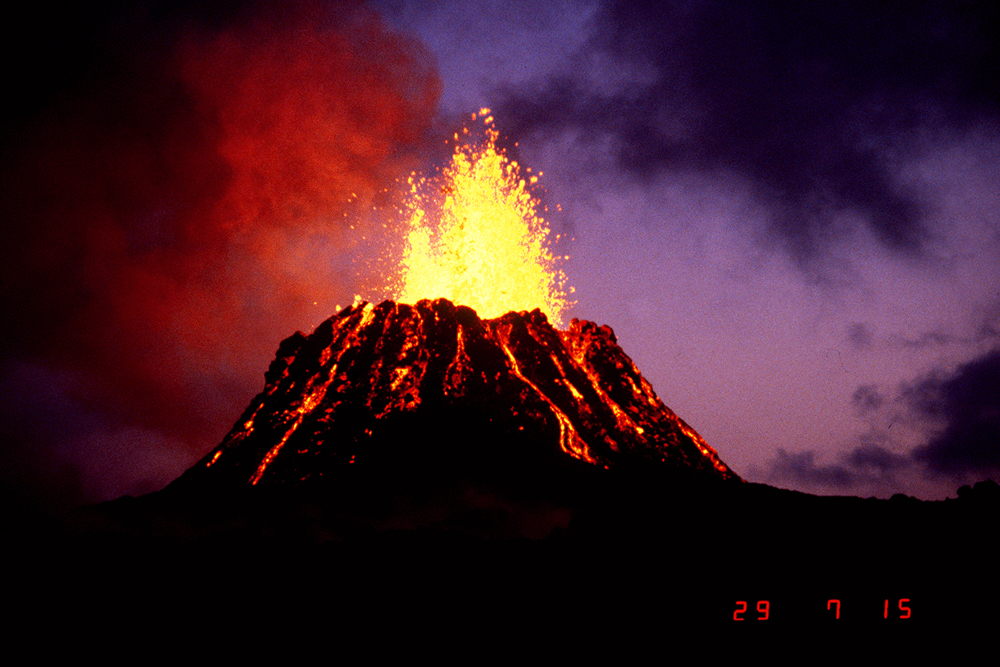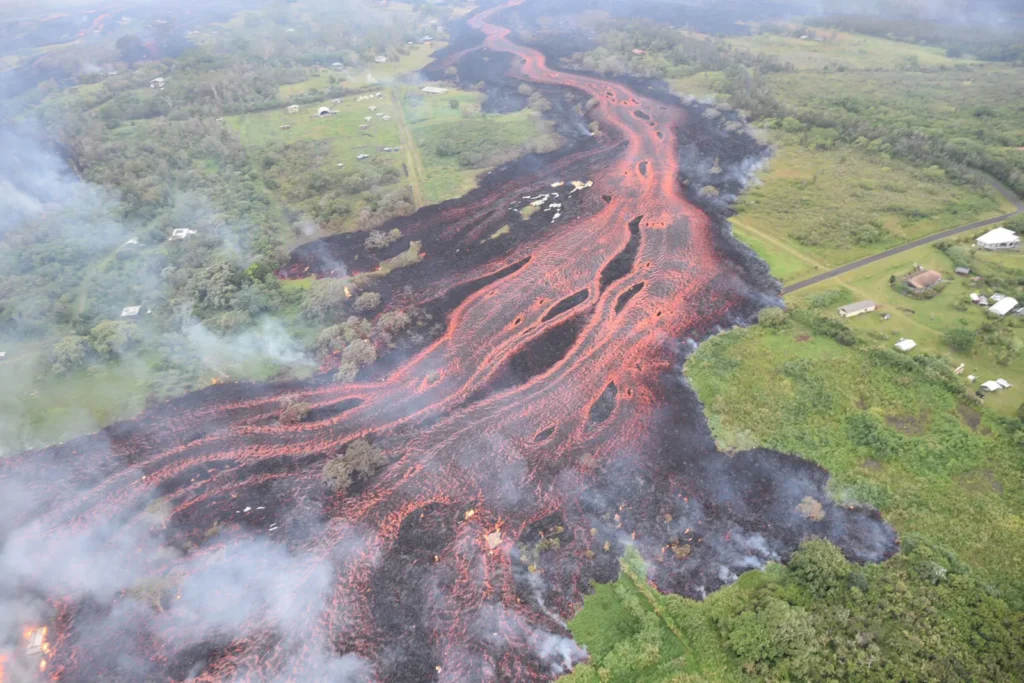Activity stirred within the geographical plates of the Hawaiian region, and consequently, the Kilauea volcano erupted on Wednesday earlier this week as stated by the Hawaiian Volcano Observatory.
Since its last eruption in January this year, it has shown signs of increasing unrest in May. In December last year, the volcano stopped erupting for the first time since September of 2021. This was also the first time when Kilauea and Mauna Loa, its neighbor and the largest active volcano in the world, erupted at the same time since 1984.
The Hawaii Emergency Management Agency commented that there is no indication that populated areas are threatened since the eruption is confined to the Hawaii Volcanoes National Park.
Ironically, the National Park Service says that the eruption is expected to draw a multitude of visitors to the park which is open 24 hours. Public visitors are urged to follow precautions provided including staying on marked trails. The National Park Service has also listed areas where people can safely watch the eruption which is as close as half a mile away. For people who would want to view the scene from home, the United States Geological Survey has been running a live stream that is freely accessible.
Since the onset of the volcanic eruptions, the lava fountain heights have decreased but remain up to 10 meters high. Consequently, gases such as carbon dioxide have been emitted in the process causing poor air quality. As of June 8th, the emission rate of sulphur dioxide was 21000 tonnes per day. Other effects have been the Pele’s hair which are thin strands of volcanic glass as well as volcanic smog.
As the NPS and USGS continue to track the volcanic process, the citizens must continue to abide by the regulations and precautions that have been placed for their own safety.
Lael Muchiri





